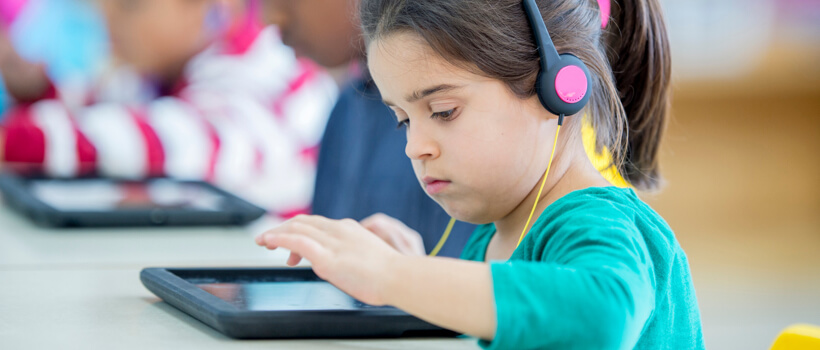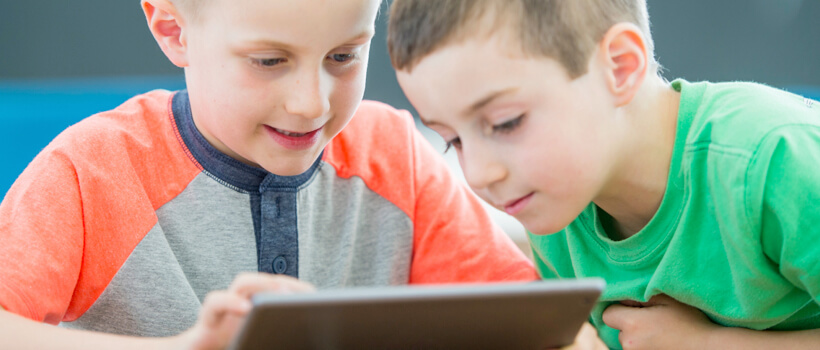 1-800-805-5783
1-800-805-5783 
Engagement is important when learning or exploring any new information and mastering new skills. There is where game-based learning can prove to be pivotal during a student’s learning phase. Game-Based Learning plays a crucial role helps students in learning effectively by making students collaborate, communicate, interact and work in teams during different activities.
The core concept which differentiates game-based learning or gamification from traditional learning is its focus on repetition, failure, and the accomplishment of goals. Game-based learning takes this concept and applies it to teaching a curriculum. Students work towards a goal, have the flexibility to choosing the required actions, and experiencing the consequences of those actions. They are allowed to try again in case of failure which allows students to learn at their own pace. This results in an active form of learning instead of passive learning.
Game development can help take care of important metrics that are pivotal for student engagement such as academic performance, social-emotional learning (SEL), school climate, and attendance. Thus, it is very important to maintain student engagement to ensure a more pragmatic, interactive, and active form of learning.
The population of urban game players is increasing day by day and the implications of how gamification or game development, when combined with educational technology that can be used for learning, cannot be ignored. Game-based learning can motivate self-learning and problem-solving skills in students to a great extent.
Here are 10 ways of how educational games are transforming learning:
Due to lack of motivation students from rural or economically lower backgrounds drop out of school every year. Game-based learning can motivate the students to complete their tasks. The concept of a reward system in traditional games can also be used effectively from an educational perspective. In game-based learning, students get to progress instantly as they learn and understand certain concepts practically and begin to implement that learning in their daily lives.
Game-based education gives students a choice regarding what they want to learn. If the children are made to play a certain game to perform a particular activity forcefully, it will have no learning benefits. If students have the option to choose what they want to learn, they have the curiosity to ask questions and be active during learning rather than being passive and learn more effectively.
In traditional classroom settings, not much attention is paid to building non-cognitive skills like patience, motivation, self-control, and perseverance. In multiplayer games catering to students from various schools, when students are allowed to participate in the activities as a representative of that school, it helps in building their communication, social and other non-cognitive skills.
Traditional learning processes do not focus on understanding the benefits of collective learning and intelligence. Games help in reducing the risk of communal grouping and focus on foster development, interaction, collaboration, and engagement between students of different cultures or countries, thereby promoting collective intelligence and developing social skills.
Game-based learning involves a large audience, unlike traditional classrooms which can help students understand where they stand among their peers from all over the world. Learners can challenge each other on various subjects and topics, which will help them to understand their potential level as compared to other people from their country or around the world.

Game-based learning is adaptive to new learning techniques and technologies, so students can learn at their own pace. Students with dyslexia or ADHD (Attention Deficit Hyperactivity Disorder) whose cognition is perceived as different rather than weak can also learn at their own pace and have a more interactive form of learning due to game-based learning.
Advanced technologies available, such as AR and VR, can train a person without having a separate skill development program through gamification. Game-based learning can be pivotal in the relearning industry. In certain scenarios, game-based learning combined with other methodologies is more effective than traditional methodologies.
Gamification borrows the ideas and principles from traditional games and applies them to a non-game setting, which, when properly implemented, can help bolster the social dynamics in the classroom. Games fulfill different core psychological needs. Kids love to explore, act freely, and have a sense of challenge, social interaction, consistent feedback, and more. These components are valuable during their school experience and make learning more effective.
Games focus on collaboration and allow a student to interact with another real-life player who is on your team and focuses on navigating situations and problem-solving solutions collaboratively and pragmatically. Brock University researchers found that “video game players, regardless of gender, reported higher levels of family closeness, activity involvement, attachment to school, and positive mental health.”
A game should not be too easy or too hard as it will demotivate the student to learn. A good game keeps students challenged and engaged in their zone of proximal development. Game-based learning allows for a faster and more pragmatic form of learning, which bolsters the students’ academic performances eventually by catering to a student’s cognitive and non-cognitive skills.
Tags: Education, Educationgames, game developers, games